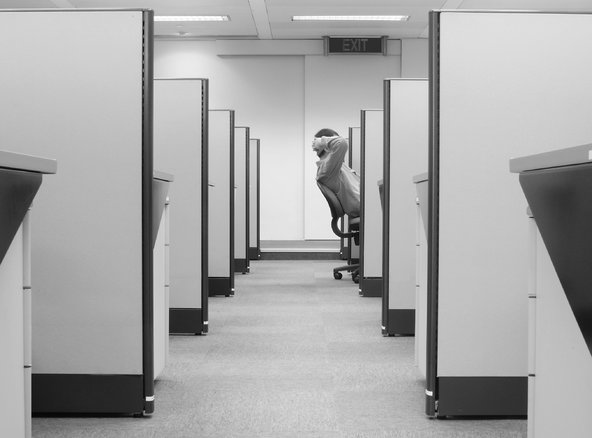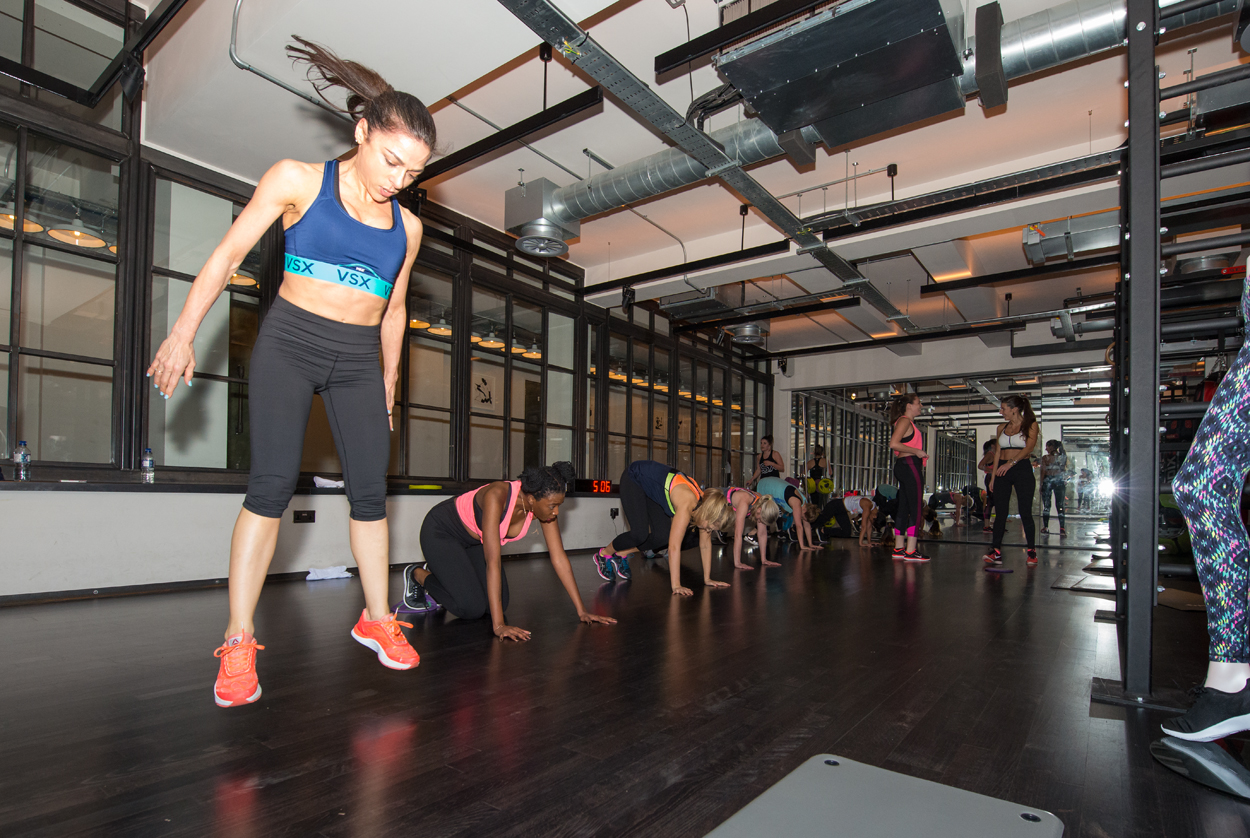
Credit iStock
There are many compelling reasons to get up out of your desk chair and stand more at work. But weight control is probably not one of them, according to a new study that precisely measured how many calories people burn during everyday office activities.
The new study’s results suggest that engaging frequently in one type of activity while at work may help many of us avoid weight gain. But that activity is not standing up.
Most of us sit more than we should, and a majority of our sitting time occurs at work, since many modern professions are sedentary. Many of us spend six or seven hours tied to our desks each day.
These long, uninterrupted periods of physical lethargy have been linked with increased risks for diabetes, heart disease, premature mortality and, not least, weight gain.
In response, many people, including me, have begun to look for ways to break up our sitting time. We download smartphone apps that chirp and tell us to stand up several times every hour. Health-minded supervisors organize walking meetings, in which employees discuss business while hoofing along hallways. And standing desks have become so popular that the satirical website The Onion has poked fun at users, declaring “Standing at Work Can Increase Coworkers’ Disdain Up to 70 Percent.”
Recent studies indicate that measures that get us off our seats can help us better regulate blood sugar and lessen the risks for diabetes and chronic disease. But more to the point, many of us are rising from our chairs in the hopes that sitting less will help keep our waistlines and nether quarters from spreading.
Surprisingly few studies, however, have closely tracked how many additional calories we burn if we stand up or walk around our offices.
So for the new experiment, which was published this month in the Journal of Physical Activity and Health, researchers affiliated with the Physical Activity and Weight Management Research Center at the University of Pittsburgh rounded up 74 healthy volunteers. Most were in their mid-20s, of normal weight, and with some acquaintance with office life.
These volunteers were randomly assigned to four different groups. One group was asked to sit and type at a computer for 15 minutes and then stand up for 15 minutes, moving around and fidgeting as little as possible.
Another group also sat for 15 minutes, but watched a television screen and didn’t type. Afterward, they immediately moved to a treadmill and walked for 15 minutes at a gentle, strolling pace.
The third group stood up for 15 minutes and then sat down for 15 minutes.
And the final group walked on the treadmills for 15 minutes and then sat.
Throughout, the volunteers wore masks that precisely measured their energy expenditure, which means how many calories they were using.
Unsurprisingly, sitting was not very taxing. The volunteers generally burned about 20 calories during their 15 minutes of sitting, whether they were typing or staring at a television screen.
More unexpected, standing up was barely more demanding. While standing for 15 minutes, the volunteers burned about 2 additional calories compared to when they sat down. It didn’t matter whether they stood up and then sat down or sat down and then stood up. The total caloric expenditure was about the same and was not sizable.
Over all, in fact, the researchers concluded, someone who stood up while working instead of sitting would burn about 8 or 9 extra calories per hour. (Just for comparison, a single cup of coffee with cream and sugar contains around 50 calories.)
But walking was a different matter. When the volunteers walked for 15 minutes, even at a fairly easy pace, they burned about three times as many calories as when they sat or stood. If they walked for an hour, the researchers calculated, they would incinerate about 130 more calories than if they stayed in their chairs or stood up at their desks, an added energy expenditure that might be sufficient, they write, to help people avoid creeping, yearly weight gain.
The upshot of this experiment is that if your goal is to control your weight at work, then “standing up may not be enough,” said Seth Creasy, a graduate student at the University of Pittsburgh and the lead author of the new study.
You probably need to also incorporate walking into your office routine, he said. Maybe “put the printer at the other end of the hallway, or get up to walk to the water fountain every hour or so” instead of keeping a water bottle at your desk.
“Brief periods of walking can add up to make a big difference” in energy expenditure, he said, while standing barely budges your caloric burn.
Of course, standing up almost certainly has other health benefits apart from weight management, Mr. Creasy said, including better blood sugar control and less back and shoulder pain associated with hunching in a chair all day. So don’t dismantle or abandon your stand-up desk just yet. But don’t expect it to counteract that extra cookie with lunch.
Related:
- How Exercise May Help the Brain Grow Stronger
- Yoga May Be Good for the Brain
- Running for the Wrong Reasons
Love running? Sign up to receive practical tips, expert advice, exclusive content and a bit of motivation delivered to your inbox every week to help you on your running journey.






